Can You Turn Off Cylinder Deactivation?
A powerful engine is an excellent car feature, but you don’t always need its full power. This is the location where cylinder deactivation begins.
Cylinder deactivation is the removal of cylinders from a car’s engine. If your car runs on six cylinders, you could have a deactivation that reduces it to three.
Some vehicles have this feature, but not all of them. Some people don’t want the feature activated and sometimes they don’t want it disabled.
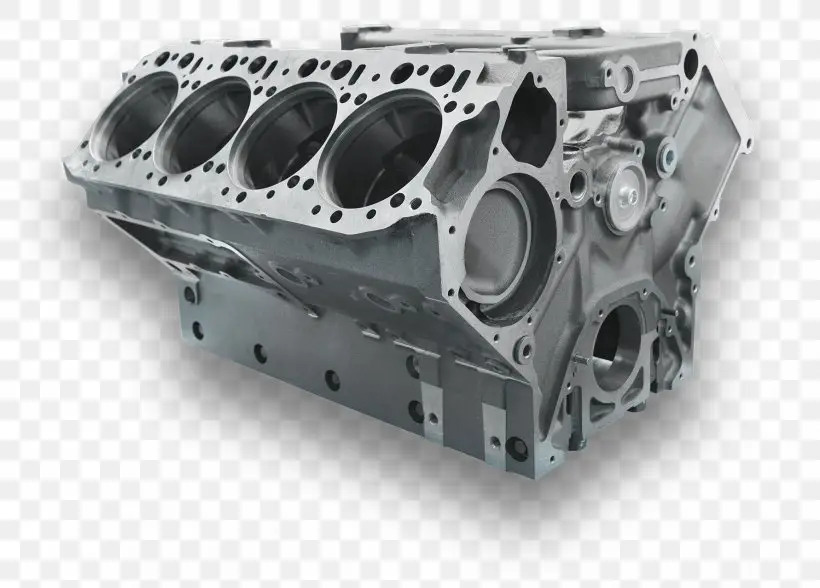
Is It Possible To Turn Off Cylinder Deactivation?
It is possible to turn off the cylinder deactivation on your car. The cylinder deactivation feature on most cars can not be turned off with the flip of a switch.
You will need to install either an uninstall kit or a disabling one.
You must understand how cylinder deactivation works and its main role before diving into further details.
How Does Cylinder Deactivation Work?
Cylinder deactivation, often referred to as AFM/MDS/VCM, is a technology that uses half of the engine’s cylinders during light driving mode to enhance fuel efficiency without reducing the engine’s performance.
When minimum power is required, the technology permits the engine to use half the cylinders.
When the engine needs more power, the engine smoothly transits to full use of all cylinders.
The deactivation of the cylinders is not triggered by a button but by the car’s in-built system, which knows when the vehicle doesn’t need the extra power produced.
When this happens, a system shuts down the valve lifters to reduce pumping losses and improve fuel economy.
If the valves carrying fuel to the cylinders are shut off, the fuel used in the engine is reduced.
Can You Turn It Off?
The car’s ECU mostly turns on the cylinder deactivation automatically by detecting the engine’s power needs and ensuring a smooth transition from full use to half use of the cylinders.
Is it possible to turn off that system? Yes, it’s possible. You cannot turn it off with a switch or button, but there are other ways to do it.
You may wonder why it is disabled when it reduces fuel consumption. Some drivers prefer to have the full power of their engine beneath their feet.
The engine roar lovers don’t appreciate the difference in sounds when the cylinders are not in use.
A V8 engine that works at full capacity makes more roars than one that works on only four cylinders.
There is a burden on the engine when the full and half cylinders are not in use. It might not be good for your engine to have the system activated for a long time.
How to Disable Cylinder Deactivation?
The cylinder deactivation feature of your car can be turned off by using one of the two main methods.
Install a Delete Kit
The components have to be disassembled and replaced with standard engine parts.
You don’t mess up your engine by using this technique, it will require the assistance of an expert.
Before installing this kit, it is recommended that you upgrade to a non-AFM/MDS/VCM camshaft.
You will need to use a programmer or custom tuning to switch off the system.
Unless you work in the industry, I wouldn’t recommend installing an AFM/MDS/VCM deletion kit on your own.
The costs of having an expert do it outweigh the potential damage that can be caused.
Install a Disabler
Plugging in the device with the software into the ODM II port can be used to install this. The engine can’t be switched to a half-cylinder model by disabling the disabling device.
It can be done in a few steps and does not require the removal of any parts. Many drivers want to avoid the cylinder deactivation feature by using the easier method.
The car will not be able to turn on the cylinder deactivation system if it is reprogrammed.
It’s much simpler than the other method, where you have to disassemble and replace parts. Someone who has no mechanical experience can install a system disabling device.
Can Cylinder Deactivation Affects Engine’s Life?
Your engine’s life is affected by cylinder deactivation.
Although modern engines are designed to bear the brunt of the switch between cylinders more effectively, this design is yet to attain a flawless state as the engine still bears the brunt in the long run. How do I know that?
When half of the cylinders are removed from the process of generating Torque, there are gaps in the engine.
The balance of the engine is compromised when it is switched between lesser cylinders. Why is that happening?
The various engine cylinders are designed to adapt to different forces. When cylinder deactivation is done, the vibration balance is disrupted.
In extreme cases, cylinder deactivation could lead to the breakdown of the common rail system and result in poor fuel economy, which is against what the system was designed for
The common rail system is affected by the abrupt deactivation of half of the cylinders.
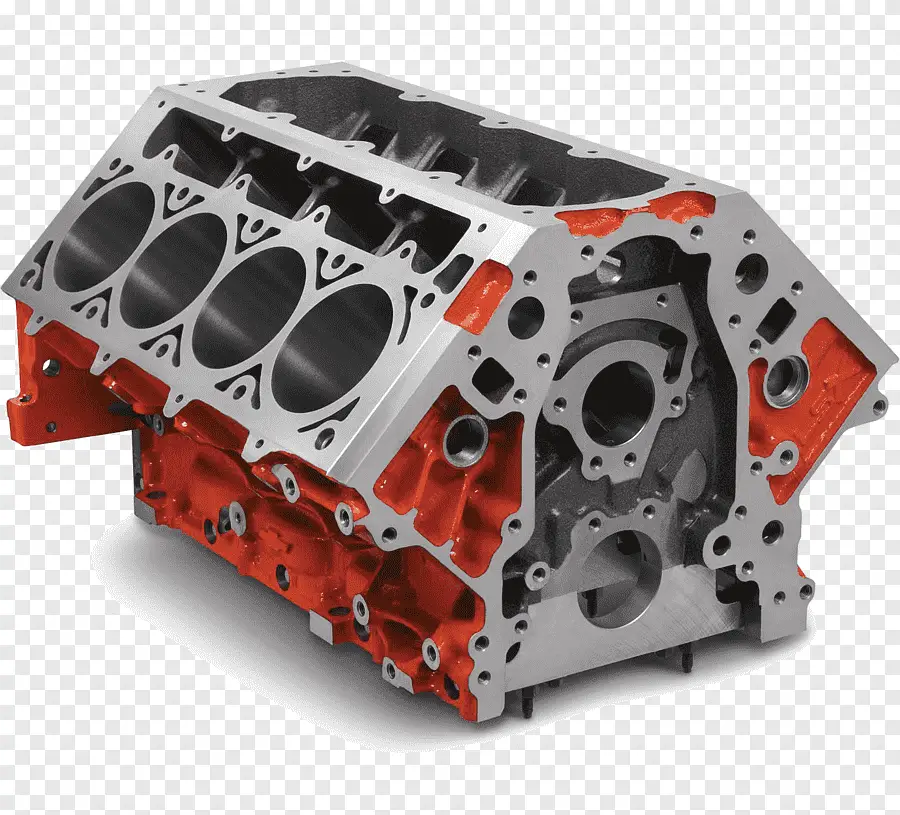
How Much Will Cylinder Deactivation Increase Efficiency?
Certain conditions need to be met for a cylinder deactivation system to work.
It won’t be triggered if the car requires a large amount of power because the engine needs to be working at maximum capacity.
When the vehicle doesn’t need excess power, the system adjusts by reducing the number of cylinders in action.
When the car is in light driving mode, the transition helps to reduce the amount of fuel consumed by the car.
How to Bypass Cylinder Deactivation?
Since a simple switch can’t disable cylinder deactivation, you might have to install specific software to prevent the car from using less cylinder use even when the conditions are right. You can either use a system disabling device or a deletion kit.
Can Cylinder Deactivation Cause Engines to Wear out Faster?
The cylinder deactivation causes engines to wear out faster.
When some cylinders are shut down, they are removed from the generation of Torque and put more workload on the remaining cylinders.
The more you use the active cylinders, the more they wear you out.
If you drive a modern car with this system, you might not notice the effect on the active cylinders for a while, but in the long run, you will.
Will Cylinder Deactivation Help to Improve Mpg?
It does help save some gas, but not as much as one might think. If only half of the cylinders are running, you should see a drop in fuel consumption.
Fuel savings range from 4 to 10% according to a study by Autosmart. Does it make sense to buy a truck with a cylinder deactivation system?
It’s worth it if you care about the environment and save money on fuel. You should remember the potential problems that come with such a system.
Will Disabling the AFM/MDS/VCM Causes Warranty Issues?
The warranty will not be voided according to Range Technology, a provider of modules that can disable cylinder deactivation systems.
As they have a plug-and-play device, the vehicle will become stock as soon as you remove it.
The car’s warranty will be voided if you go for a deleted kit, which involves replacing some of the engine components.
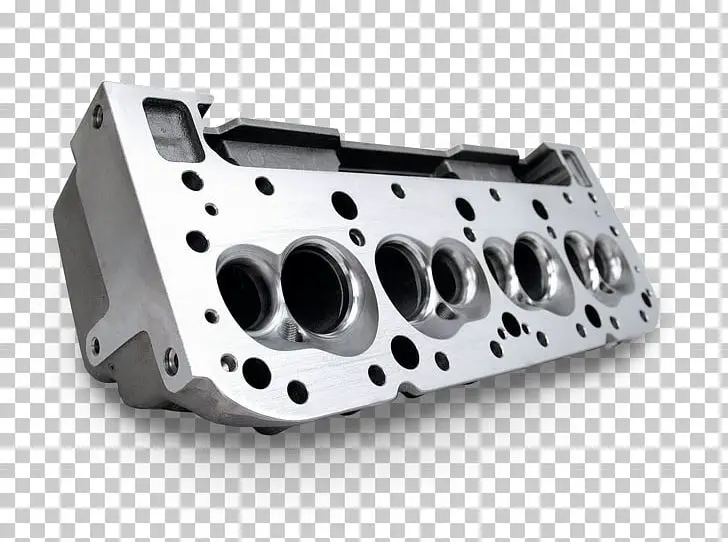
Conclusion
Over time, cylinder deactivation-enabled vehicles might be unfavorable to your engine, as they help in reducing fuel economy.
If you want to turn it off, you can purchase a system disabling kit or a deletion kit. If you want to impact the environment positively, you should not disable it.

Truck driver by profession, automotive lover by heart. Ricky is the main publisher and editor at Truckile.com sharing his life-long knowledge and experience in the auto industry and truck driving!




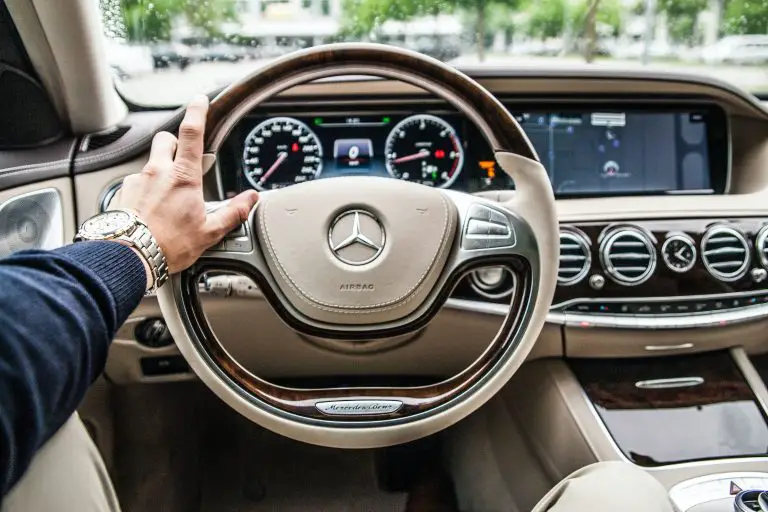
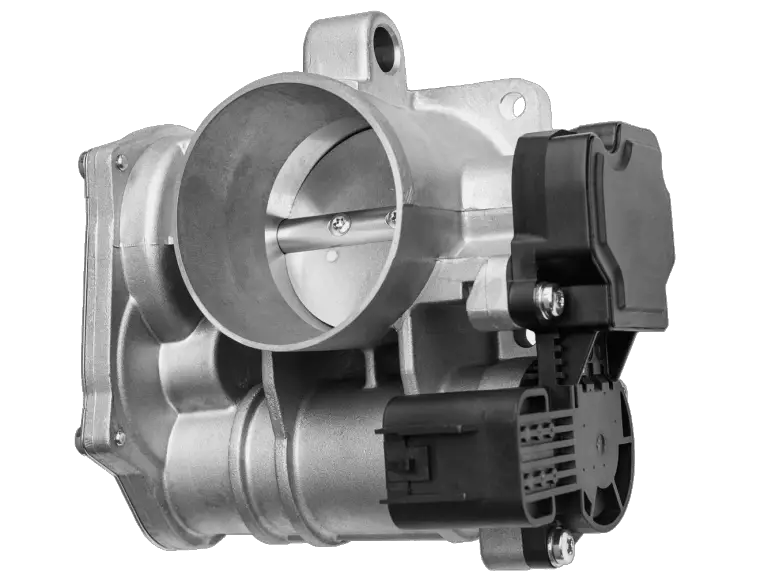
![Top 8 Best Off-Road Air Compressors for Rough Terrains [Guide]](https://truckile.com/wp-content/uploads/2022/10/best-offroad-portable-air-compressor-768x391.jpg)